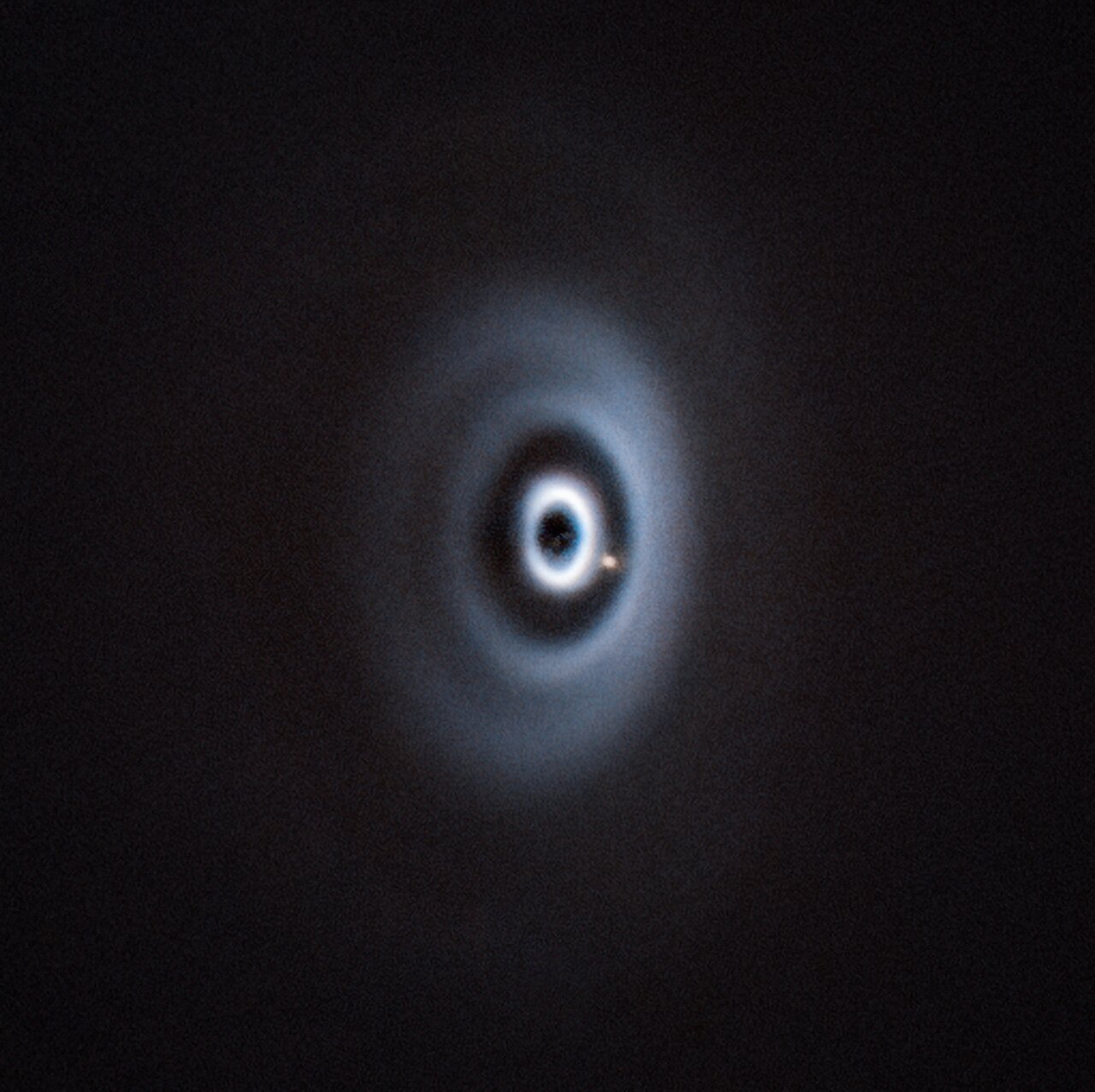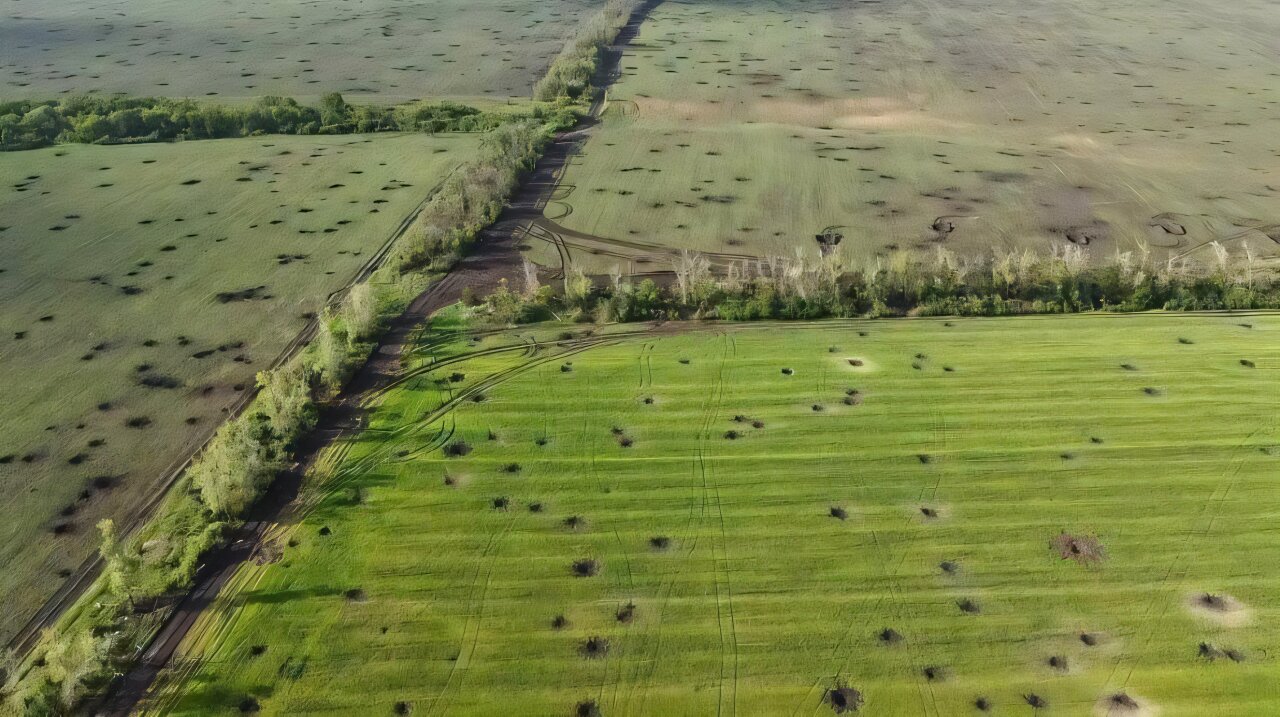Cosmic Construction: How Baby Planets Carve Their Own Space in Stellar Nurseries

In the cosmic dance of stellar birth, circumstellar discs have long been considered the nurseries of planetary formation. Yet, for years, astronomers have struggled to capture concrete evidence of planets taking shape within these swirling celestial rings. Now, a groundbreaking discovery has set the astronomical community abuzz.
Two recently published papers in the Astrophysical Journal Letters have unveiled an extraordinary breakthrough: direct observational evidence of a planet actively forming within the gap of a young, Sun-like star's disc. This remarkable finding offers an unprecedented glimpse into the intricate process of planetary genesis, providing scientists with a rare window into the early stages of world-building.
The discovery not only validates existing theories about planetary formation but also promises to revolutionize our understanding of how new worlds emerge from the primordial material surrounding infant stars. Planet formation theorists are understandably ecstatic, as this observation represents a pivotal moment in our quest to unravel the mysteries of cosmic creation.








